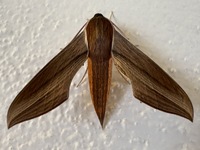
| Recorded by: Summit School 5th Grade (and Dan Helm) on 2025-10-08
Forsyth Co.
Comment: | 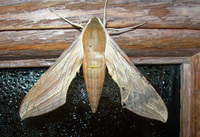
| Recorded by: R. Newman on 2025-09-25
Carteret Co.
Comment: |
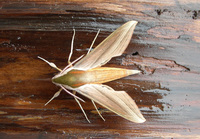
| Recorded by: R. Newman on 2025-08-30
Carteret Co.
Comment: | 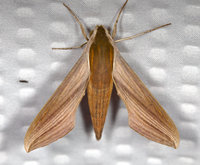
| Recorded by: Jim Petranka, Mark Basinger and Becky Elkin on 2025-08-30
Richmond Co.
Comment: |
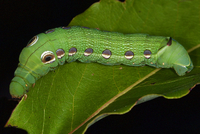
| Recorded by: Patrick Coin, Jim Petranka (photo). on 2025-08-30
Moore Co.
Comment: | 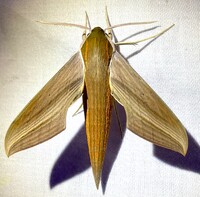
| Recorded by: Dean Furbish on 2025-08-25
Wake Co.
Comment: |
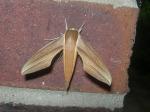
| Recorded by: R. Newman on 2025-08-11
Carteret Co.
Comment: | 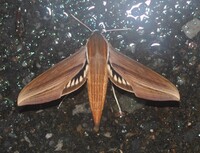
| Recorded by: K. Bischof on 2025-08-11
Yancey Co.
Comment: |
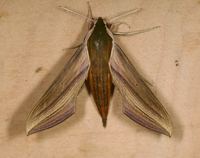
| Recorded by: Jim Petranka and Becky Elkin on 2025-07-29
Madison Co.
Comment: | 
| Recorded by: R. Newman on 2025-07-28
Carteret Co.
Comment: |
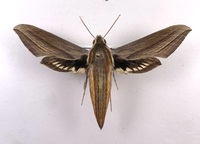
| Recorded by: Richard Teper on 2025-07-26
Orange Co.
Comment: | 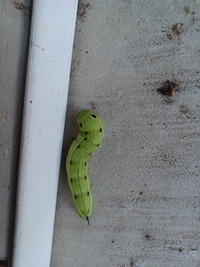
| Recorded by: Linda Cooke on 2025-07-24
Johnston Co.
Comment: |

| Recorded by: Linda Cooke on 2025-07-24
Johnston Co.
Comment: | 
| Recorded by: R. Newman on 2025-07-21
Carteret Co.
Comment: |
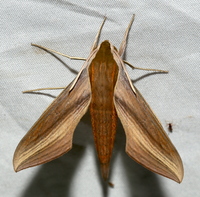
| Recorded by: David George, Jeff Niznik on 2025-07-20
Moore Co.
Comment: | 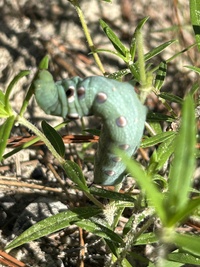
| Recorded by: Alicia Jackson on 2025-07-15
Hoke Co.
Comment: |
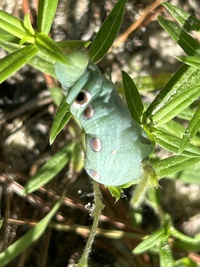
| Recorded by: Alicia Jackson on 2025-07-15
Hoke Co.
Comment: | 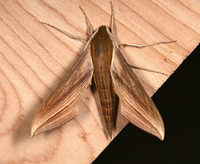
| Recorded by: Jim Petranka, Mark Basinger and Becky Elkin on 2025-06-29
Richmond Co.
Comment: |
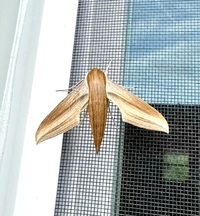
| Recorded by: Virginia Harper on 2025-04-20
Cabarrus Co.
Comment: | 
| Recorded by: R. Newman on 2025-04-09
Carteret Co.
Comment: |

| Recorded by: R. Newman on 2024-10-02
Carteret Co.
Comment: | 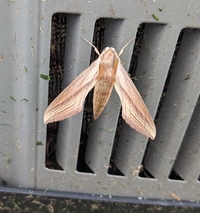
| Recorded by: Erich Hofmann on 2024-09-30
New Hanover Co.
Comment: |

| Recorded by: K. Bischof on 2024-08-27
Transylvania Co.
Comment: | 
| Recorded by: R. Newman on 2024-08-22
Carteret Co.
Comment: |
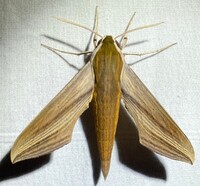
| Recorded by: Dean Furbish, Lior S. Carlson on 2024-07-09
Perquimans Co.
Comment: | 
| Recorded by: Maurice Cullen, Todd Pusser, F. Williams, S. Williams on 2024-07-08
Gates Co.
Comment: |

| Recorded by: R. Newman on 2024-04-30
Carteret Co.
Comment: | 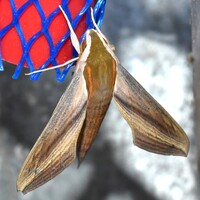
| Recorded by: David George, Jeff Niznik, Rich Teper on 2024-04-16
New Hanover Co.
Comment: |
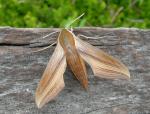
| Recorded by: R. Newman on 2023-09-26
Carteret Co.
Comment: | 
| Recorded by: Michael P. Morales on 2023-09-25
Cumberland Co.
Comment: |
|

 »
»
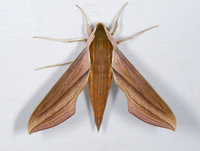
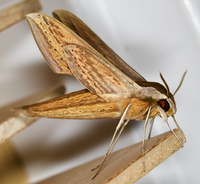
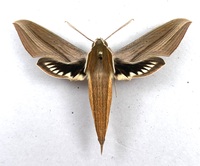

 »
»


